The hosta is the chameleon of the plant world, for it can produce foliage in shades of butter-yellow, gun-metal grey, almost-blue, clotted cream and green in its many guises. Leaves can be finely margined, or bear broad brush strokes of vibrant colour, or have a subtle overwash that adds a luminous sheen. Foliage can be smoothly varnished, or as richly textured as the thickest cotton quilt, or have a dull patina worthy of the finest antique, or pucker up like a taffeta skirt.
Some hostas are positively statuesque and make a huge statement like an elegant swirl of silk. Others are quiet enough to mingle with the humble fern and some are so tiny they fill the smallest gap. It’s this diversity of form and colour that makes them such popular plants for shadier places especially in the USA, where gardeners have to contend with bitterly cold winters and hot summers.
Japan is the heartland of the wild hosta, with three-quarters of the 40-odd wild species found there. Natural hybrids occurred widely in woodland populations there and were eventually moved into gardens. As a result the hybrids and species became muddled. Further confusion has arisen because natural mutations, or sports, have also occurred. A green-leaved form, for instance, might throw up a variegated section one year and then produce a completely different variation the next. In more recent times micropropagation has produced variations as well, and now there are 8,000 named cultivars of this very hardy perennial with more popping up every year. With all this choice it’s imperative to pick the very best: the ones that become superstars.
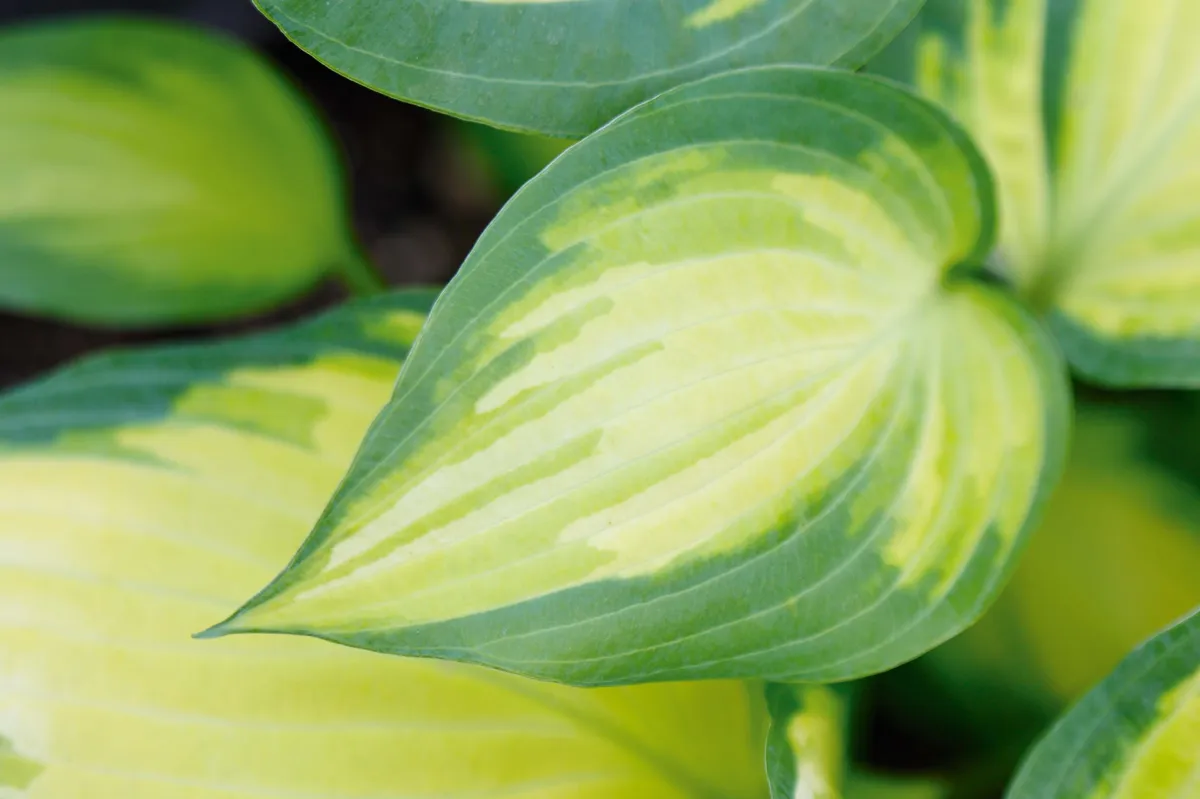
The history of the hosta
Hostas were first recorded by Engelbert Kaempfer (1651–1716) who was stationed on a tiny Japanese island while working for the Dutch East India Company. He made drawings and sent them back to the Netherlands, but couldn’t send any plant material because it was forbidden.
However, the hosta was named after an Austrian botanist called Nicolaus Thomas Host (1771–1834) in 1812. Five years later the plant was also named Funkia after Heinrich Christian Funck (1771–1839), a Bavarian who collected Alpine ferns. The name Hosta, which was coined before Funkia, became the valid name.
The Japanese call the hosta the giboshi because the rounded shape of the leaves resembles an ornamental cap, rather like a door knob, widely used on the posts of temples and bridges. The young leaves were traditionally eaten in spring, but the familiar woodlander wasn’t highly regarded in Japan as an ornamental plant until recent times.
The first hostas to arrive in Europe (Hosta plantaginea and Hosta ventricosa) came from China (not Japan) in the mid 1700s. Almost a century later Philipp Franz von Siebold (1796–1866) and Scottish botanist Robert Fortune (1812–1880) sent back specimens of Hosta sieboldiana and Hosta fortunei.
How to grow hostas
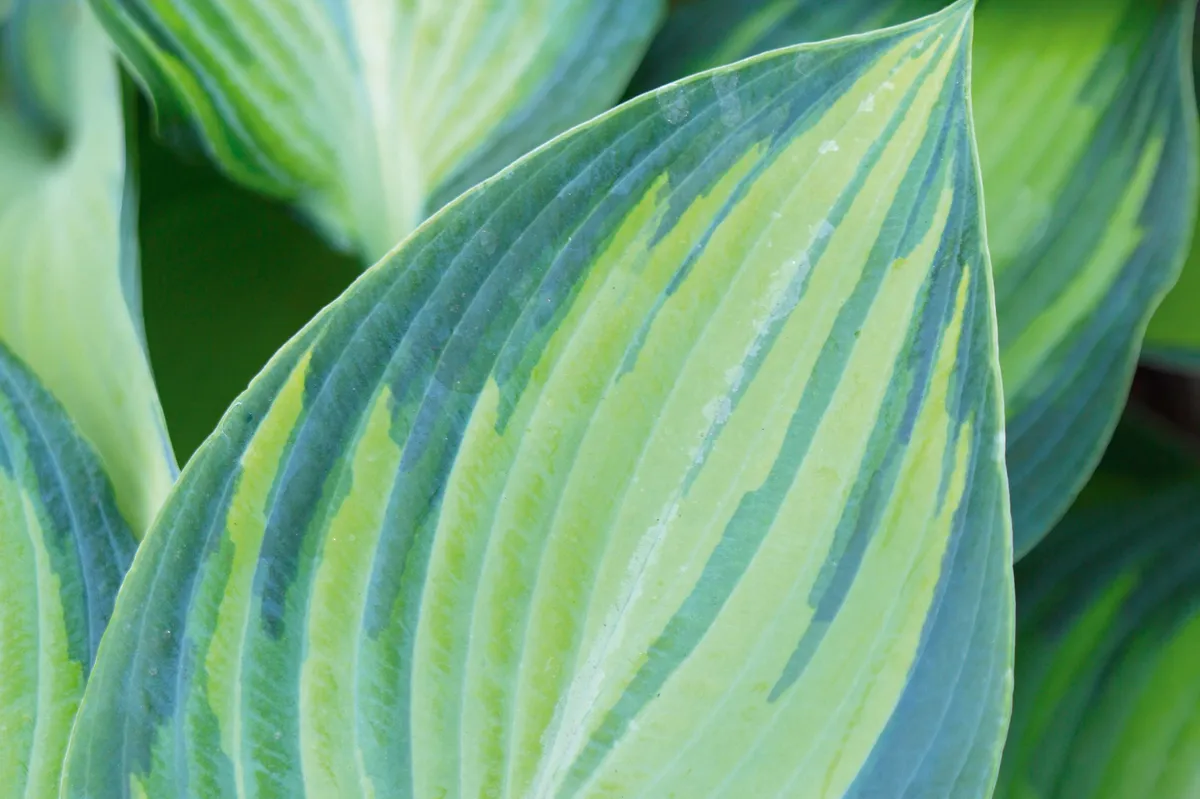
Where to plant hostas
The key to using hostas well is to space them far enough apart to display their graceful form, rather than packing them cheek by jowl. This will allow them more space as they mature and allow you to tackle any slug problems.
Choose the right sized hosta for your gap and then consider foliage. Too much mixed variegation will jar the eye, so use brighter gold and green forms to lighten up shade, alongside green forms. Cream and white are subtler in colouring and mix well with blue-grey hosta foliage, but can clash with rich greens.
Hostas adore summer rainfall, which encourages more sumptuous foliage, but they also need prolonged cold weather to encourage a necessary period of dormancy. Their roots are extremely hardy, but resent being too wet in winter, so ensure that they have good drainage.
Caring for hostas
Top dress with well-rotted manure or garden compost twice a year. Apply just as the plants enter dormancy in the autumn and then again in spring, just as the shoots begin to appear.
When to divide hostas
Divide congested plants in spring, just as the shoots are emerging.
When do hostas come up?
Hostas die back completely in winter, and reshoot again in early spring.
When to plant hostas
Plant hostas in spring or autumn, when the soil is moist and warm. Avoid planting in high summer, when it is often hot and the soil is dry.
How to water hostas
When I visit Japan, as I do most years, I find many hostas bred in America and Europe on their garden centre benches and they love the warm, Asian rainy season, which lasts for about six weeks. Bursts of torrential rain are interrupted by hot sunshine, producing lavish foliage that catches every raindrop. Try to emulate these damp conditions by watering copiously in May and June.
Protecting hostas from slugs
Hostas are extremely long-lived and very hardy, but tend to be slug-prone. Slugs only begin to feed at dusk and do most damage when the young leaves are emerging, so this is the time to be vigilant. Here are some ideas for minimising slug damage:
- Frisk your plants regularly at dusk and destroy any slugs attacking your leaves.
- Lay small plant pots on their sides to collect snails.
- Water on slug nematodes in April to keep slug numbers down. Choose a damp evening when the weather is warm.
- Disturb the soil by hoeing with a small onion hoe, getting right between the plants. This will bring slug eggs to the soil surface where they will either be eaten, or dehydrate.
- Collect up wilted foliage so that slugs and snails cannot hide in the autumn.
- If growing hostas in pots, avoid any with overturned lips because slugs and snails hide underneath. Use straight-sided pots and get them off the ground, using feet. Rub petroleum jelly around the rims to discourage them further.
Discover more organic slug controls.
The best hostas to grow
Hosta ‘Paul’s Glory’
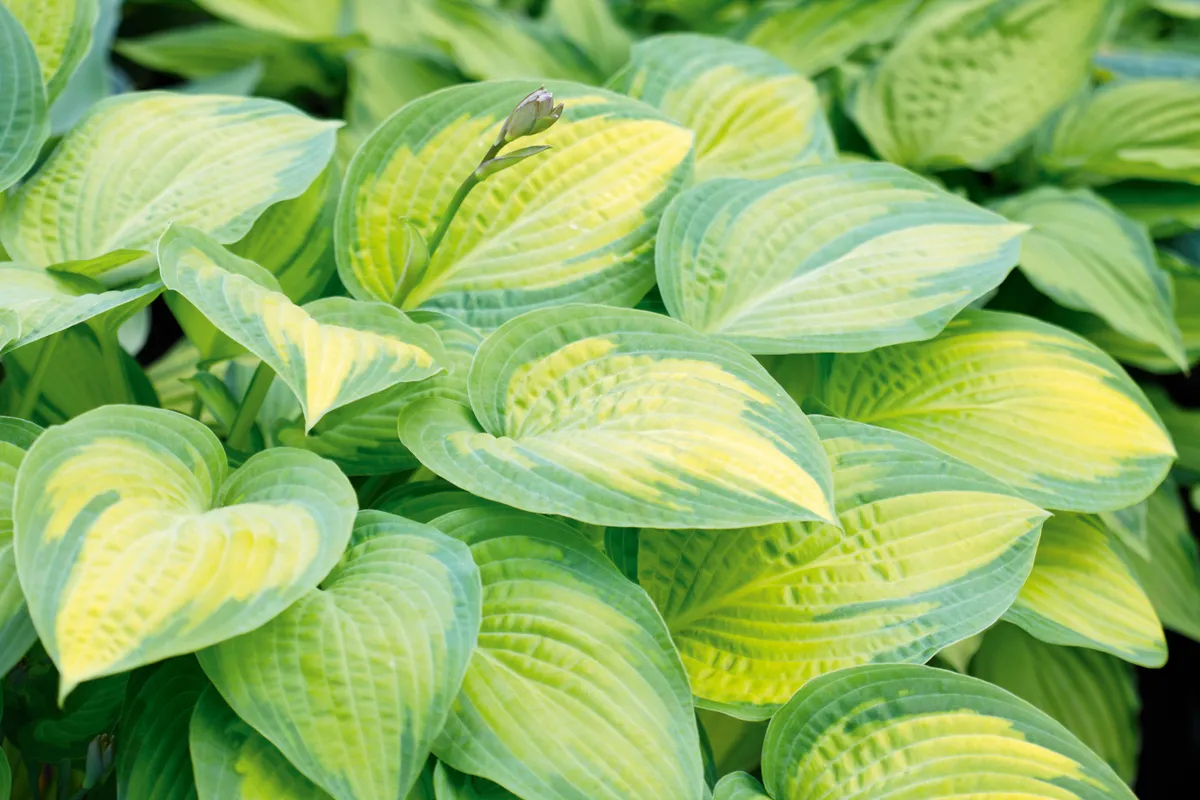
Seersuckered leaves in an irregular mixture of chartreuse-green and dark blue-green with different amounts of colour on separate leaves. A good grower, best in light shade and benefits from being divided every three to four years. Light lavender flowers in late-June. Voted Hosta of the Year 1999 by the American Hosta Growers Association. Sport of Hosta ‘Perry’s True Blue’. 45-75cm. AGM. USDA 3a-8b.
Hosta fortunei var aureomarginata

A large hosta, a sport from Hosta fortunei, with dark olive-green leaves edged in yellow. Late to emerge in spring, but tolerates sun. Foliage keeps its colour through the season. Admired by flower arrangers. 1m. AGM. RHS H7.
Hosta ‘Frances Williams’ (sieboldiana)
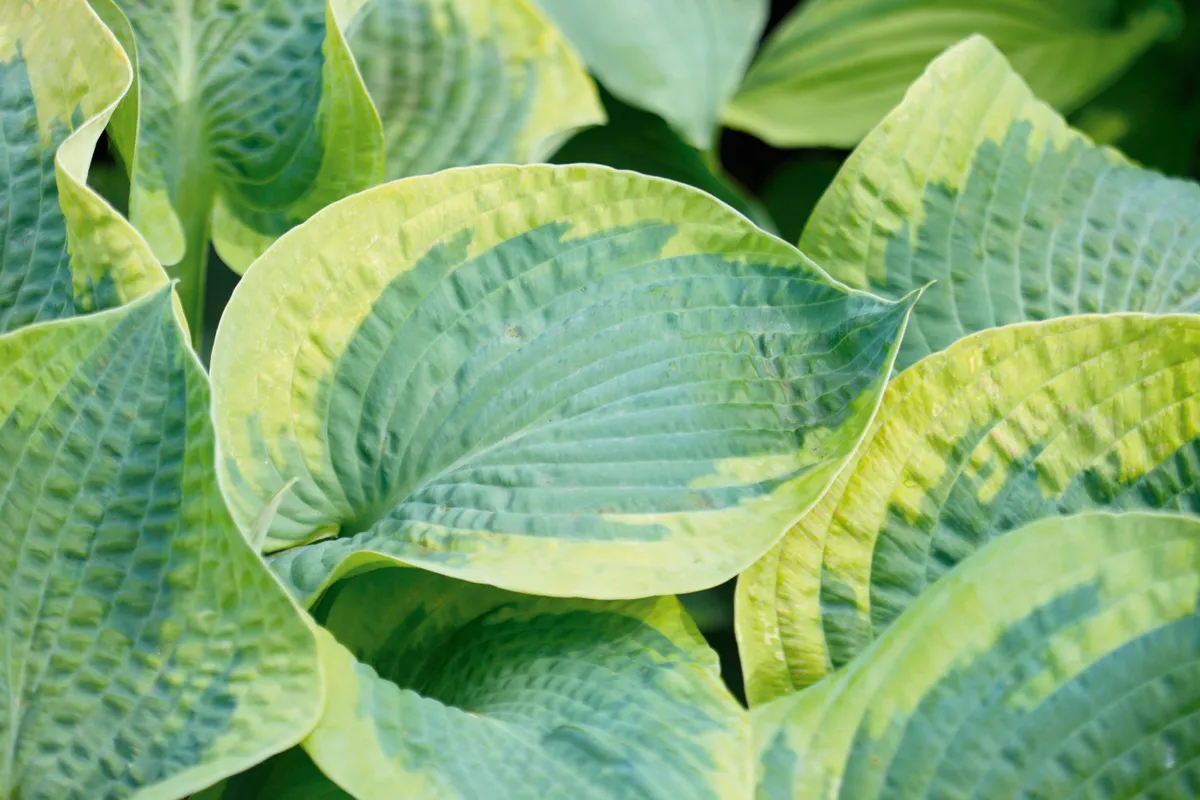
Large hosta with glaucous blue leaves edged in chartreuse yellow. Its rounded, heavily textured leaves, are arranged at a tilted angle. White flowers. A sport of Hosta sieboldiana ‘Elegans’. 50-75cm. AGM. RHS H7. USDA 3a-8b.
Hosta ‘Orange Marmalade’

A large hosta with puckered yellow centres to the leaves surrounded by green edging. As summer fades the central panel develops orange tones, hence the name. A sport of Hosta ‘Paul’s Glory’. 90cm-1.2m. USDA 3a-8b.
Hosta ‘June’ (Tardiana group)

Tissue-cultured sport from Hosta ‘Halcyon’ with the same profile and constitution, but with blue-green leaves shaded in chartreuse yellow. Needs light shade and cooler temperatures to keep its colour. 50cm. AGM. USDA 3a-8b.
Hosta ‘Whirlwind’ (fortunei)
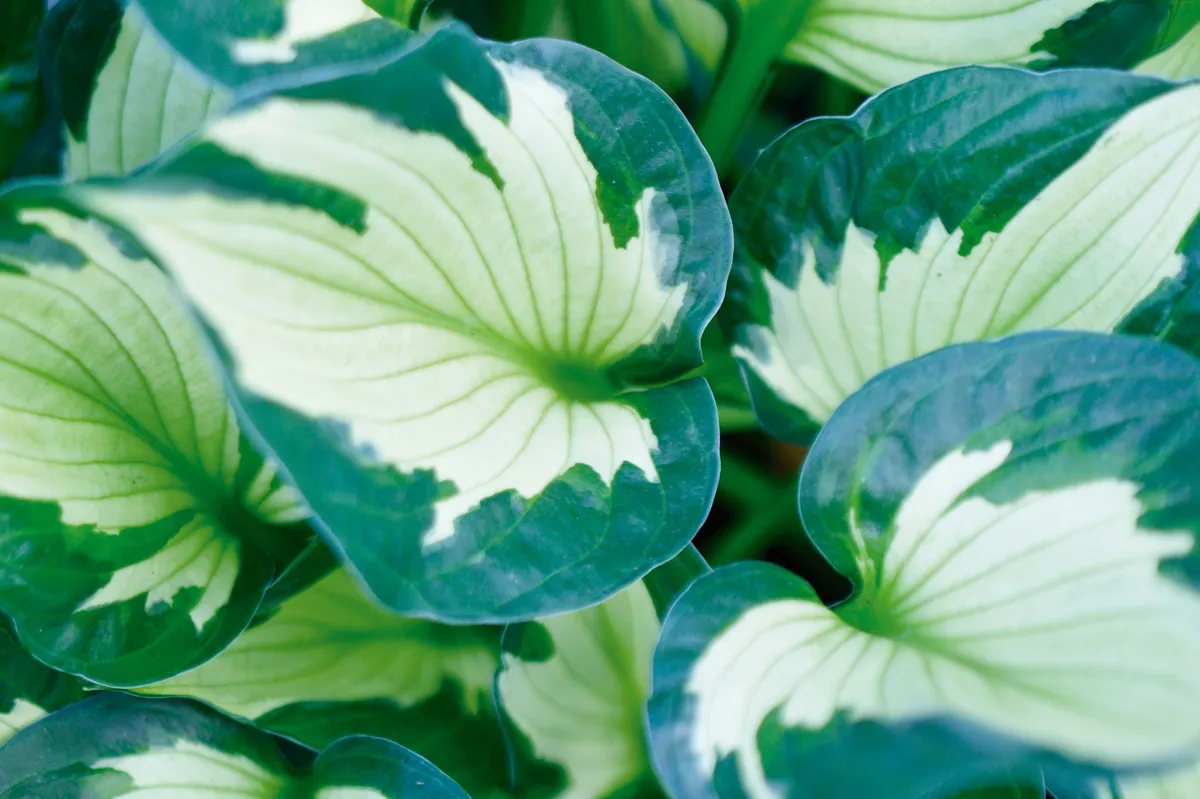
A medium-sized hosta with upright leaves that twist at the pointed tips. The dark-green leaves are marked in chartreuse yellow with some celadon green. Use as ground cover. 50-70cm. AGM. USDA 3a-8b.
Hosta ‘Yakushima-Mizu’ (gracillima)

A miniature green-leaved hosta with narrow, wavy edged leaves. This Hosta gracillima cultivar, from Yakushima Island in Japan, needs shade or semi-shade. 10-15cm. USDA 3a-8b.
Hosta ‘Devon Green’

This high-gloss, medium-sized hosta has ribbed foliage in a rich green. Good in a container and the most popular green-leaved hosta in Europe. A sport of Hosta ‘Halcyon’. 50cm. AGM. USDA 3a-8b.
Hosta ‘Patriot’
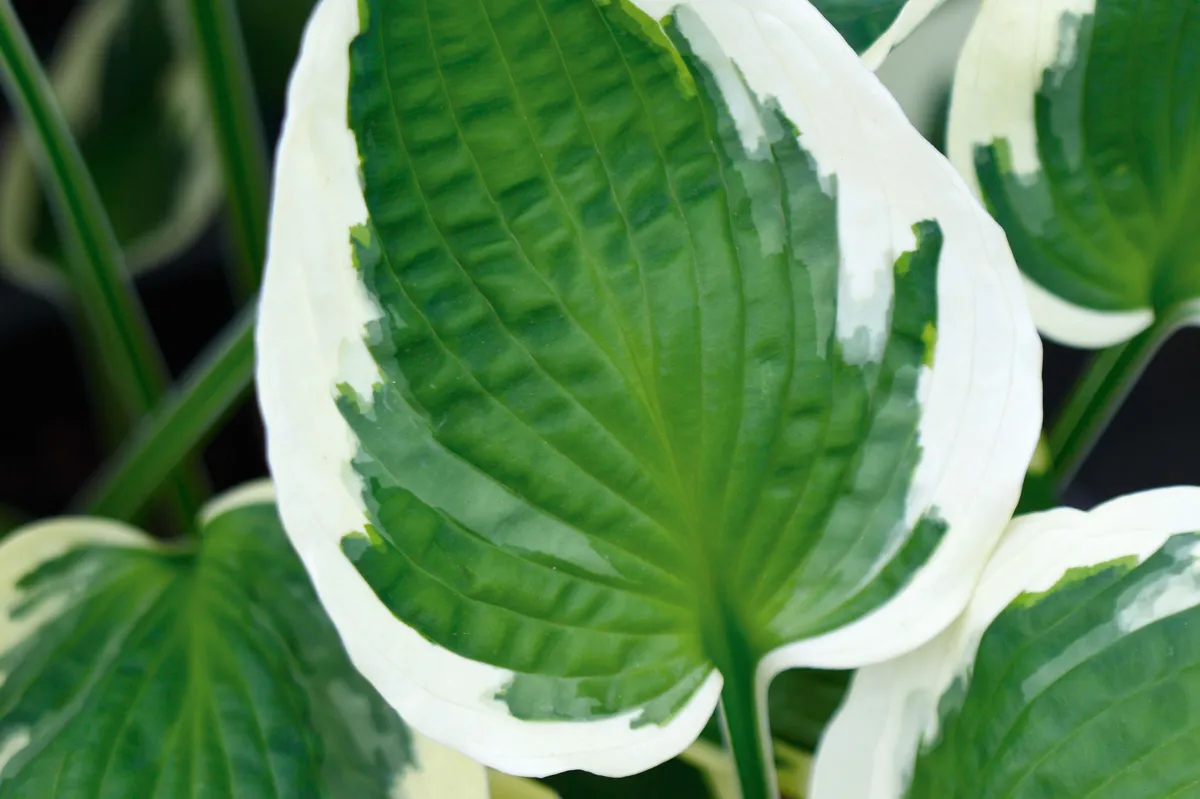
Dramatic medium to large hosta, a sport from Hosta ‘Francee’ (fortunei) with dark-green leaves margined in cream. Satin-textured, the leaves keep their colour best in light shade. Violet shoots are a spring bonus. AGM. USDA 3a-9b.
Hosta ‘Blue Mouse Ears’
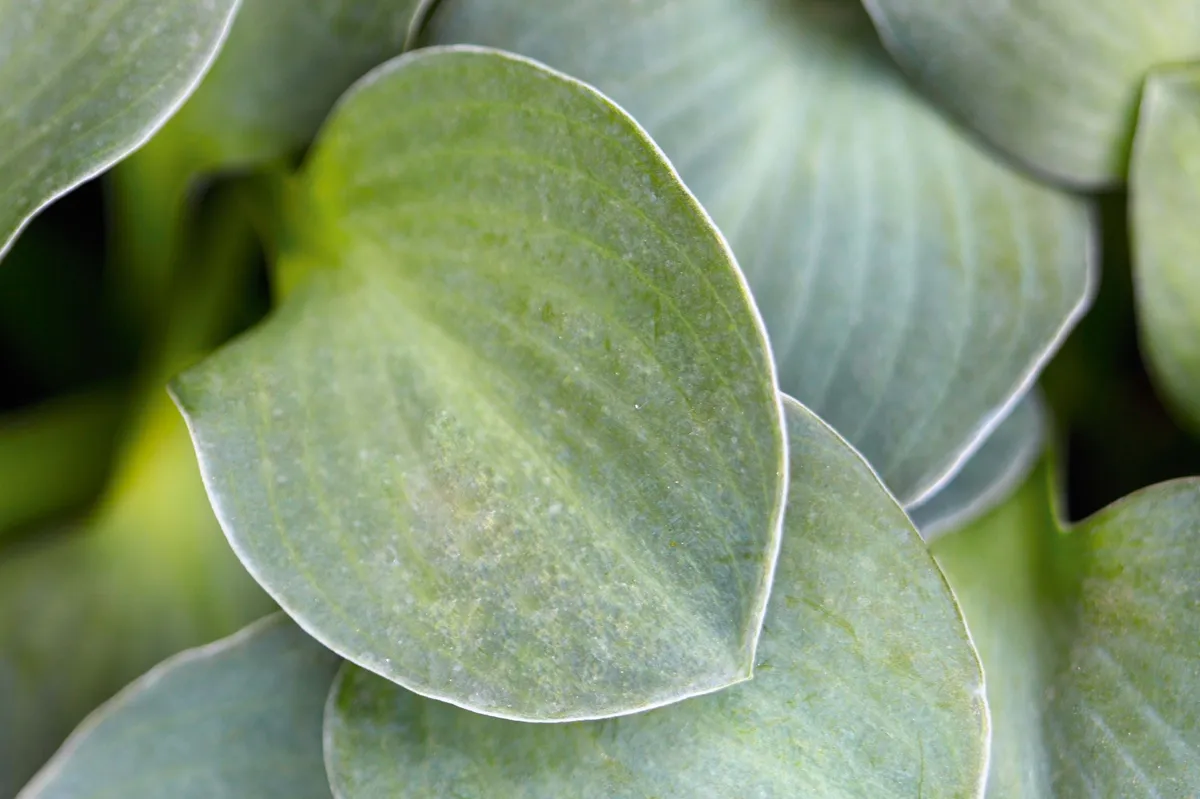
Tiny, blue-green, mouse ear-shaped rosettes with interesting buds and lavender flowers held just above the foliage. Voted Hosta of the Year 2008 by the American Hosta Growers Association. 10-15cm. AGM. USDA 3b-8b.
Hosta ‘Daybreak’
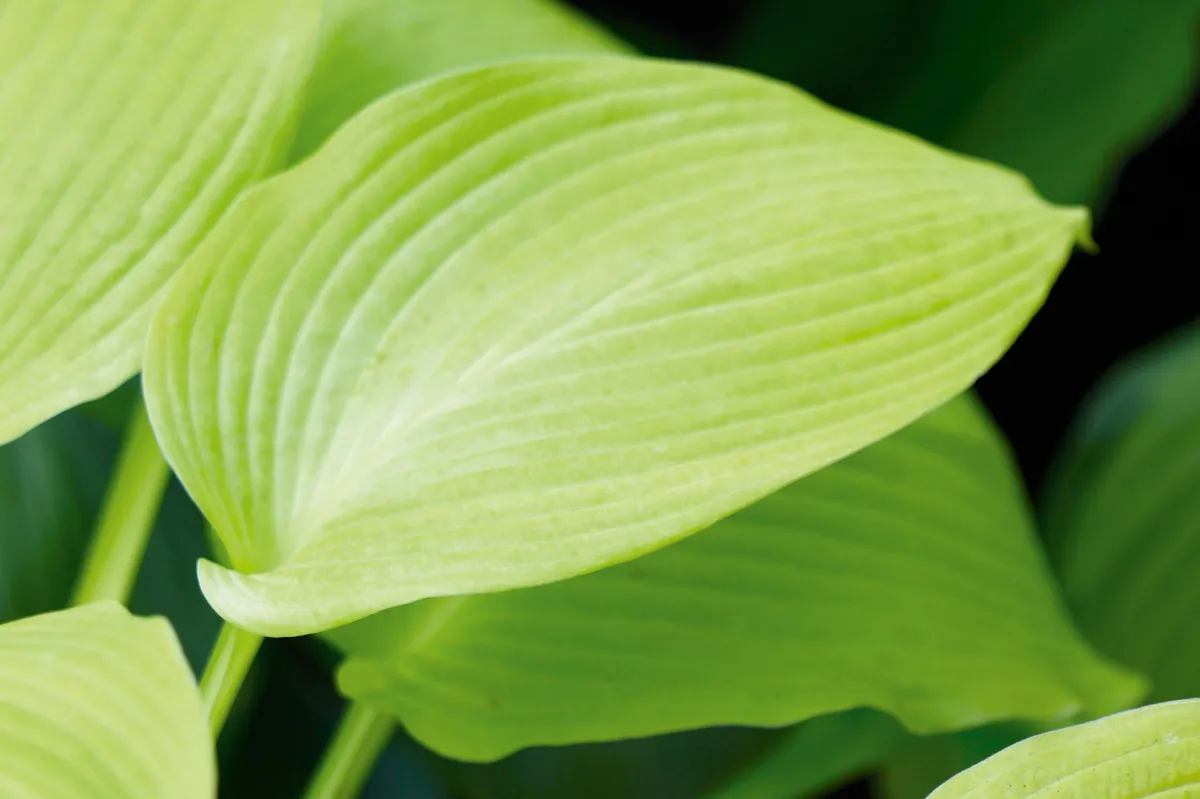
Good as ground cover, this large, Japanese-bred hosta produces a wide mound of almost horizontal, heart-shaped leaves. Resistant to many pests and good for lighting up dark borders. 50-70cm. AGM. USDA 3a-8b.
Hosta ‘Emerald Tiara’

A tissue-culture sport of Hosta ‘Golden Scepter’, this vigorous hosta has lavender flowers above foliage of muted gold, which brightens as the season progresses, margined in dark green. 25-50cm. USDA 3a-8b.
Hosta ‘Sum and Substance’
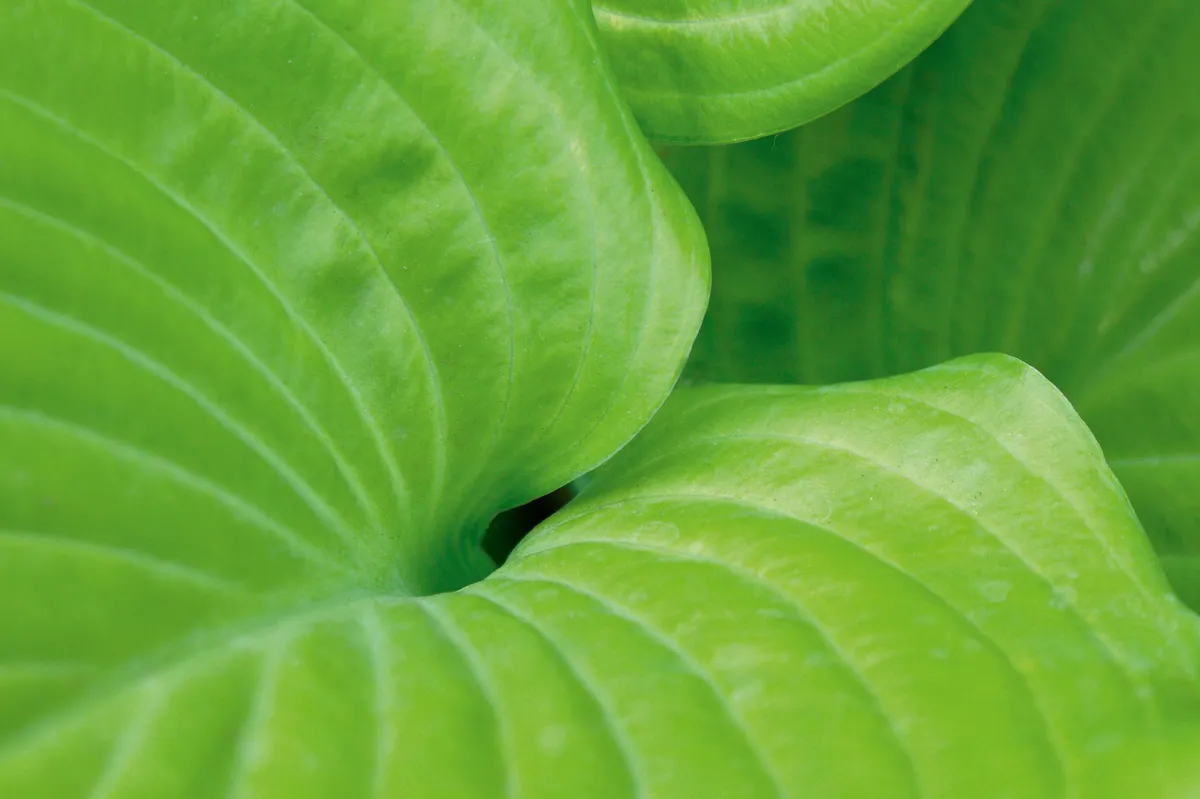
A giant hosta with substantial, satin-gold leaves that colour up best in sun, in cooler climates. Give it morning sun and plenty of water in hot gardens. 75cm. AGM. RHS H7, USDA 3a-9a.
Hosta ‘Niagara Falls’
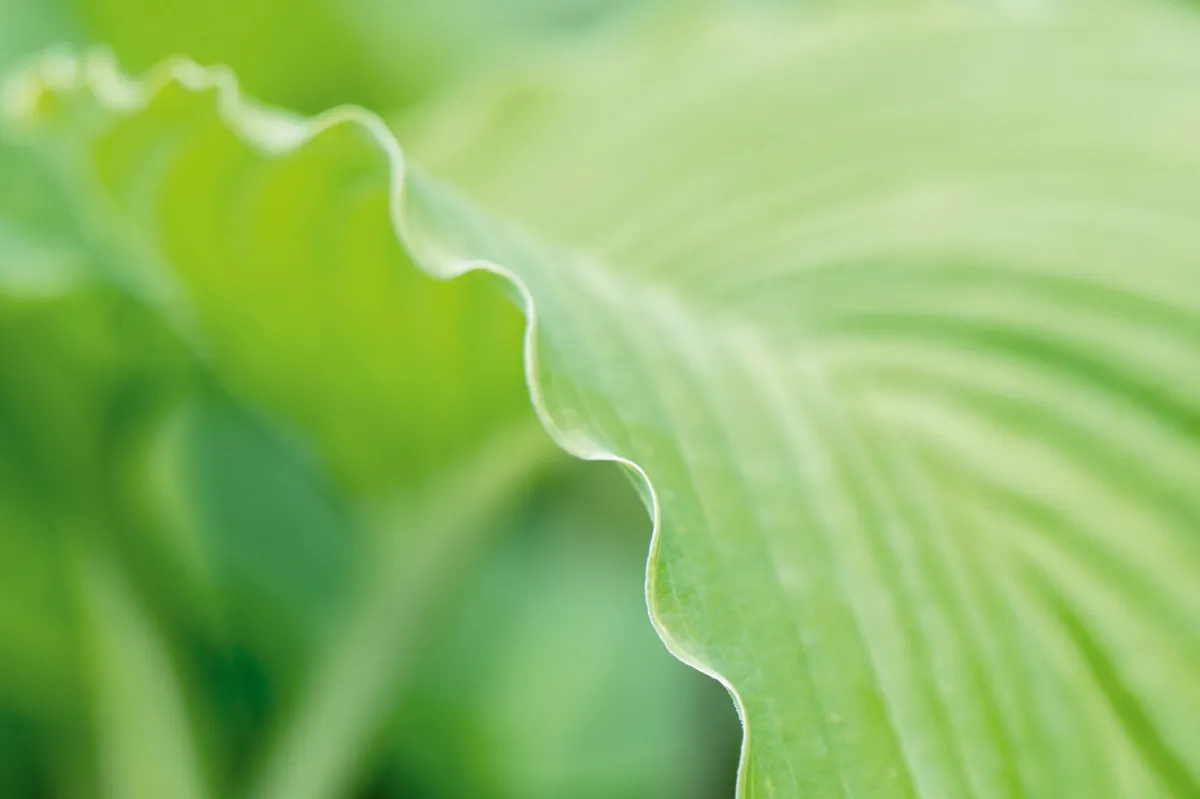
A giant hosta with wavy edged – known as piecrust edges – green leaves that flounce downwards creating a graceful outline. The glaucous bloom on the leaf needs a shady position. 50-70cm. AGM. USDA 3a-8b.
Hosta ‘Cracker Crumbs’

A very small, yet striking, hosta, reaching just 15cm in height, with shiny yellow leaves occasionally margined in deep green. It increases quickly and is one of the best tiny hostas. Sport of Hosta ‘Shiny Penny’. 10-15cm. AGM. USDA 3a-8b.
Where to see and buy hostas
• Mickfield Hostas, Stowmarket, Suffolk IP14 5LH. Tel 01449 711576 (call before visiting).
• Bowden Hostas, Okehampton, Devon EX20 2NL. Tel 01837 840989 (call before visiting).
Many thanks to Mickfield Hostas where the photographs for this feature were taken.